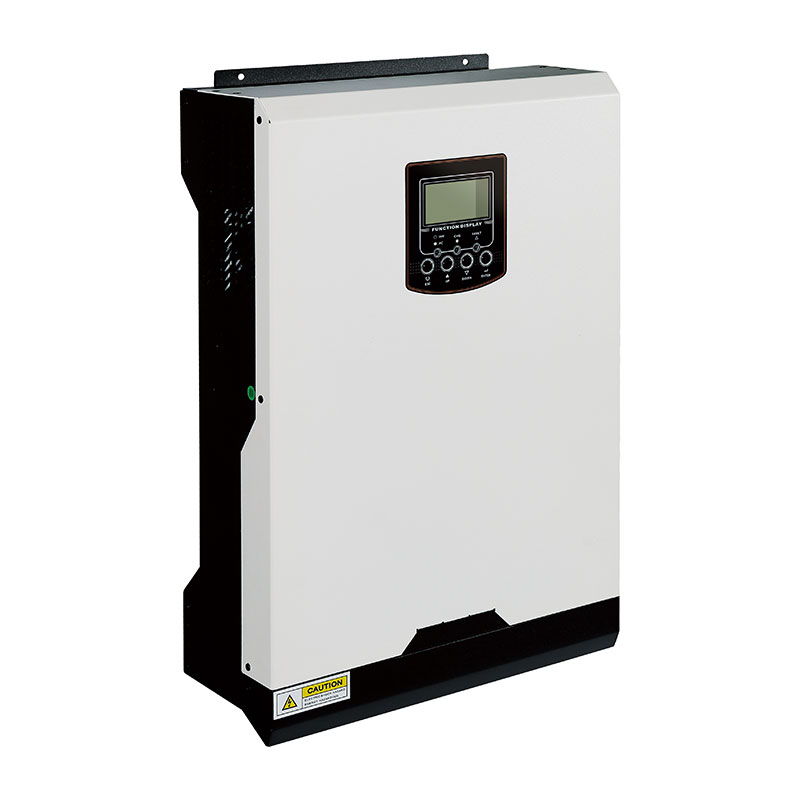Functionalities of MPPT Hybrid Solar Inverter
2024-04-02
A Maximum Power Point Tracking (MPPT) Hybrid Solar Inverter is an advanced device used in solar energy systems to efficiently manage the generation, conversion, storage, and distribution of solar power. Here's an overview of its features and functionalities:
1. Maximum Power Point Tracking (MPPT): MPPT is a technology used in solar inverters to optimize the efficiency of solar panels by continuously adjusting the operating voltage and current to extract the maximum power available from the solar array under varying environmental conditions such as shading, temperature changes, and cloud cover. This ensures that the solar panels operate at their peak performance, maximizing energy harvest.
2. Hybrid Functionality: A hybrid solar inverter integrates multiple functions into a single device, typically combining solar PV (photovoltaic) generation, battery storage, and grid connectivity. This allows for seamless integration of solar energy with grid power and battery backup, providing flexibility, reliability, and energy independence.
3. Grid-Tie Capability: Hybrid solar inverters are capable of connecting to the utility grid, enabling users to feed excess solar energy back into the grid for credit or compensation through net metering programs. They can also draw power from the grid when solar generation is insufficient or during peak demand periods.
4. Battery Storage Integration: Hybrid solar inverters include built-in charge controllers and energy management systems to facilitate the integration of battery storage. They can charge batteries using excess solar energy or grid power and discharge stored energy when needed, such as during periods of low solar generation or grid outages.
5. Off-Grid Operation: Hybrid solar inverters can operate in off-grid mode, providing power to critical loads or entire households independently of the utility grid. This capability is particularly useful in remote or rural areas where grid connection is unavailable or unreliable.
6. Monitoring and Control: Advanced hybrid solar inverters often come with monitoring and control features that allow users to remotely monitor system performance, adjust settings, and receive alerts or notifications through smartphone apps or web-based platforms.
7. Energy Management: Hybrid solar inverters incorporate sophisticated energy management algorithms to optimize energy usage, prioritize power sources (solar, battery, grid), and minimize energy costs. They may also support load shifting and demand response strategies to further enhance energy efficiency.
8. Scalability: Hybrid solar inverters are designed to be scalable, allowing users to expand their solar energy systems by adding more solar panels or batteries as needed. This scalability enables users to adapt their systems to changing energy requirements over time.
In summary, an MPPT Hybrid Solar Inverter offers a comprehensive solution for maximizing the efficiency, reliability, and flexibility of solar energy systems by integrating MPPT technology, hybrid functionality, grid-tie capability, battery storage integration, and advanced energy management features.



